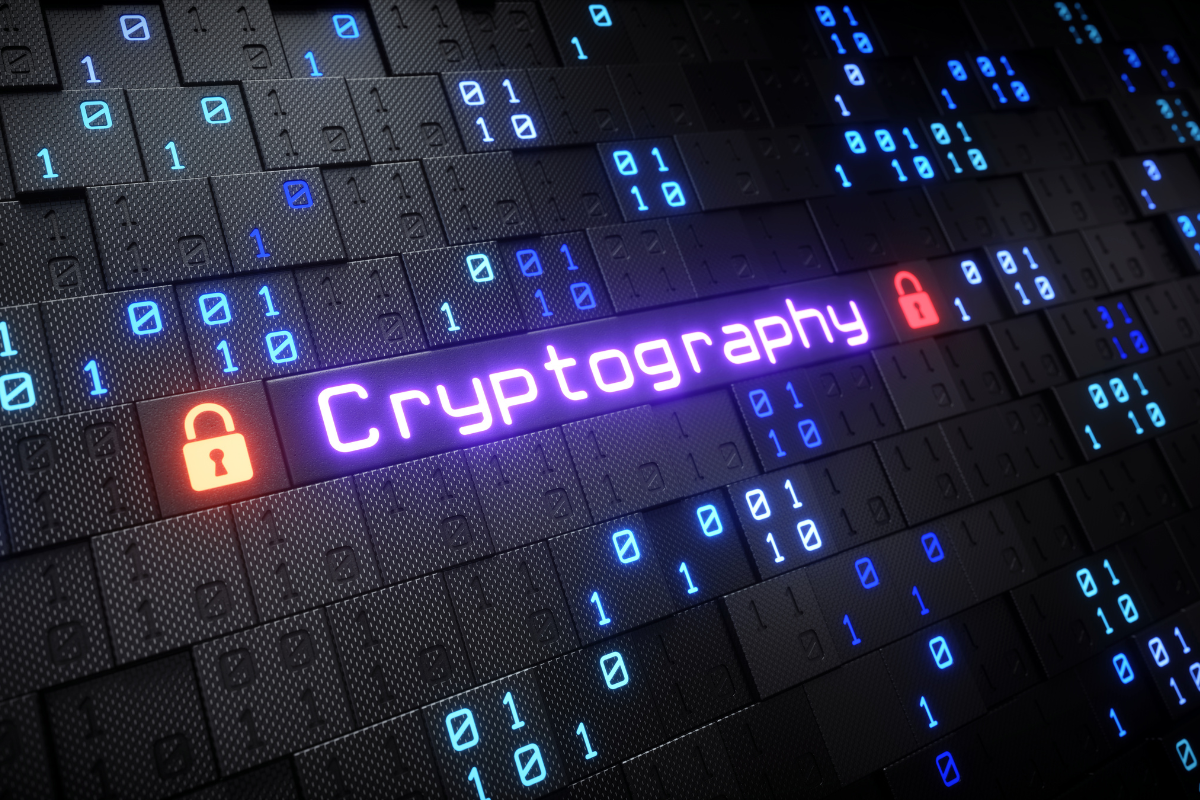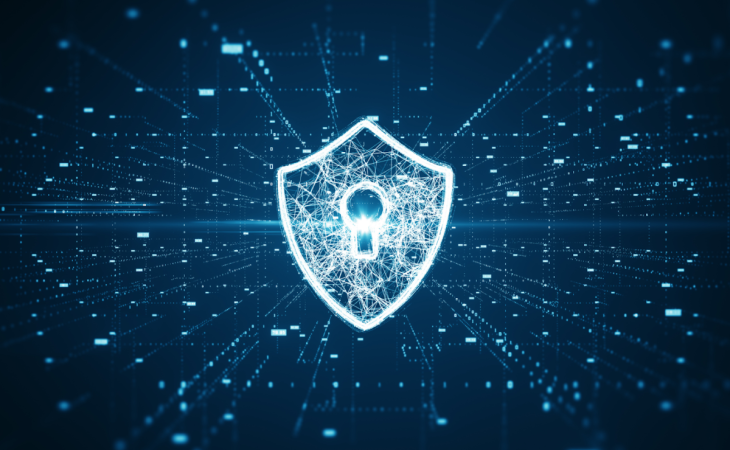The arrival of the quantum age provides about a transformation in the field of cybersecurity.
Quantum computing retains the probable to revolutionize technological innovation by resolving difficulties at a pace surpassing even today’s most potent supercomputers.
On the other hand, this development also offers problems in phrases of cybersecurity. The introduction of quantum computing implies that our present-day cryptographic protocols, which safeguard our globe, could be compromised.
As a final result, we have to reassess our protection tactics to address these emerging cyber threats.
Contents
Quantum Abilities
Quantum computing variations how information is processed and analyzed as opposed to computing programs.
While classical personal computers rely on bits (0s and 1s) for calculations, quantum personal computers employ qubits.
Quantum bits that can exist in states simultaneously thanks to concepts like superposition and entanglement. This exclusive capability permits quantum personal computers to accomplish calculations at speeds.

Cybersecurity Pitfalls
The ability of quantum computing poses a chance to the algorithms that serve as the backbone for guarding our digital communications, economic transactions, and national protection information and facts.
Rising Defenses
Guard.io and very similar resources emerge as defenses versus the cyber threats posed by developments in quantum technological know-how.
Quite a few of these algorithms rely on the complexity of mathematical challenges like factoring large figures.
Quantum computers, these types of as individuals making use of Shor’s algorithm, are expected to resolve problems.
For that reason, encryption that at present usually takes hundreds of a long time to crack could possibly be deciphered inside seconds in the period of quantum computing. This would render our recent cybersecurity steps ineffective and out-of-date.
Quantum Cryptography
In reaction to the quantum menace, the cybersecurity community is actively working in the direction of developing quantum cryptography.
This new sort of cryptography aims to generate algorithms that can not be easily solved by quantum desktops, making certain the defense of info.
Even so, transitioning to quantum specifications is a large undertaking that consists of not only producing new algorithms but also implementing them across the web and other conversation networks.
Compatibility Issues
The process becomes far more complex owing to the need for these quantum algorithms to be suitable with present infrastructure.
Conquering this obstacle calls for time, expense, and coordination among governments, sector entities, and international standards corporations.
Even with these obstructions, progress is remaining created in acquiring procedures for quantum-resistant cryptography. These consist of lattice-centered cryptography, hash-primarily based cryptography, and multivariate cryptography.
Progress, In Quantum Computing
In the a long time quantum computing has built amazing development moving from theoretical conversations to realistic experiments and prototypes.
Corporations and exploration establishments close to the world are in a race to acquire quantum pcs that give processing electrical power.
This area explores the breakthroughs in this discipline. Highlights important players associated. It also touches upon the significant investments being designed, the worries of scaling quantum methods and the milestones attained in achieving quantum supremacy.
As quantum computers become more sophisticated they open up choices for solving problems in physics, chemistry and other parts ushering in a new era of computational abilities.
The Affect Of Quantum Computing On Cryptography
Quantum computing poses a menace to cryptographic requirements that safeguard the confidentiality and integrity of digital communications.
With its possible to split applied encryption algorithms it is vital to reassess our infrastructure.
This area delves into how quantum algorithms like Shor’s algorithm could render existing community critical cryptosystems out of date compromising almost everything from banking to safe communications.
It emphasizes the need for quantum cryptography although giving an overview of ongoing attempts to establish and standardize these new cryptographic paradigms that can protected our electronic long run versus probable quantum threats.
Quantum. SecurityAlthough the emergence of quantum computing poses hazards, to existing frameworks it also offers chances for bolstering security.
Quantum cryptography by quantum distribution (QKD) utilizes the concepts of quantum mechanics to build encryption that is theoretically unbreakable.
This portion supplies an overview of how quantum cryptography will work, the functional issues associated in its implementation and the present-day condition of quantum communications. It also explores the limitations of quantum cryptography.
Emphasizes the necessity for an technique to stability that combines algorithms resistant to quantum attacks with quantum encryption techniques so developing a strong cybersecurity infrastructure suited for the age of quantum computing.

The Job Of Authorities and Industry
Acquiring progress in quantum computing and transitioning in the direction of cryptography that can stand up to quantum threats necessitates attempts amongst both personal sectors.
This part examines the job performed by govt funding, plan creating and worldwide cooperation in fostering breakthroughs in quantum analysis even though guaranteeing cybersecurity.
It highlights initiatives and partnerships involving governments, technological innovation giants, startups and academia aimed at advancing quantum engineering and making ready for its effect on worldwide protection.
The significance of establishing standards, regulatory frameworks and suggestions to facilitate a changeover into the era of quantum computing is also emphasized.
In the experience of the approaching quantum revolution it results in being ever more significant to get ready both equally long term personnel for what lies.
This segment emphasizes the significance of schooling and coaching, in the fields of quantum computing and cybersecurity.
It suggests incorporating quantum physics, laptop science and cryptographic principles into curricula at all levels ranging from to bigger instruction as effectively as experienced enhancement applications.
Also it highlights initiatives to market STEM schooling, variety in the quantum workforce and generate methods and platforms that facilitate learning in these vital regions.
Each of these sections aims to improve the reader’s comprehension of the character of the quantum period.
In the end this sets the stage for concluding remarks that emphasize the need to adapt our cybersecurity strategies successfully in purchase to confront troubles head on.
Quantum Era Summary
Navigating an Period Outlined by Quantum Engineering The introduction of the quantum age offers issues to cybersecurity as it threatens to undermine current encryption algorithms that serve as foundations for our society.
To fight this problem properly, there is a urgent need for us to reimagine cybersecurity tactics with a concentrate on acquiring and utilizing cryptography that can withstand the power of quantum computing.
Transitioning to a cyber landscape that is resistant to quantum assaults is a responsibility that falls on all of us. It involves collaboration throughout sectors and disciplines.
By investing in investigate, adopting expectations that can withstand quantum threats, and employing condition-of-the-artwork security remedies, we can prepare ourselves for the troubles brought by the quantum age.
Although this journey could be complex, with foresight and innovation, we can safeguard the realm for generations.


![13 Best Sites to Stream UFC Live Online for Free [2024] 13 Best Sites to Stream UFC Live Online for Free [2024]](https://appearworld.com/wp-content/uploads/2024/11/13-Best-Sites-to-Stream-UFC-Live-Online-for-Free-200x125.jpg)


